Table of Contents
Introduction to Dill and Its Role in Cooking
Dill is a versatile herb that brings a fresh, slightly tangy flavor to many dishes. It's commonly used in Mediterranean, Scandinavian, and Eastern European cuisines. From soups and salads to pickles and fish dishes, dill adds a unique brightness that can't be replicated by most other herbs.
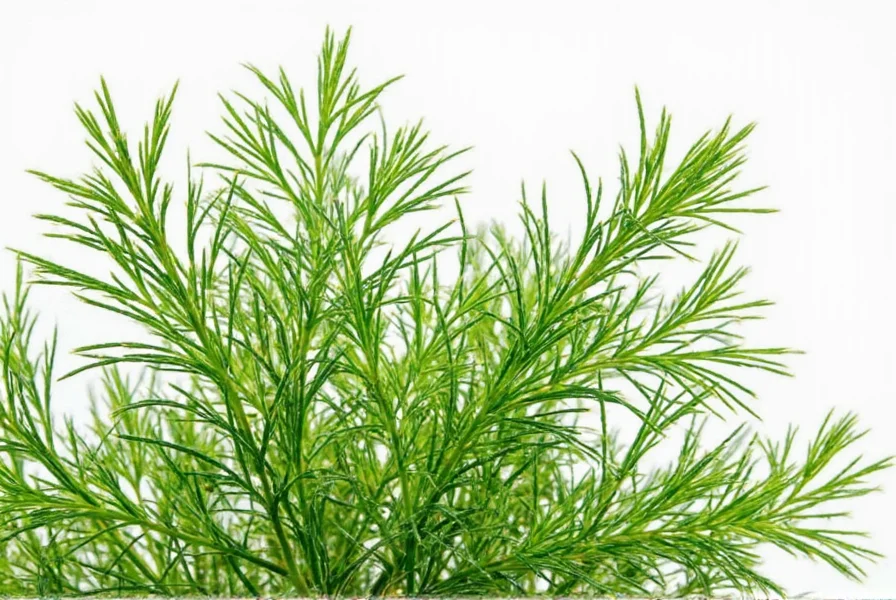
But what if you're out of dill or simply looking for a different flavor profile? That's where dill replacement herbs come into play. Whether you're an amateur cook or a professional chef, knowing the best substitutes can save your meal—and your day!
Why You Might Need a Dill Replacement Herb
There are several reasons why you might need a dill replacement herb:
- You ran out of dill and don't have time to go to the store.
- You're trying to avoid a specific ingredient (e.g., allergies, dietary restrictions).
- You want to experiment with new flavors and create a unique dish.
- You're cooking for someone who doesn't like the taste of dill.
Whatever the reason, having a good list of dill replacement herbs can be a lifesaver. Let's dive into the top options that can step in when dill is unavailable.
Top 5 Best Dill Replacement Herbs
Here are five of the best dill replacement herbs, each with its own unique flavor profile and use cases:
1. Fennel Seeds
Fennel seeds have a licorice-like flavor that can mimic the subtle sweetness and freshness of dill. They work especially well in pickling and in dishes like borscht or sauerkraut.
| Flavor Profile | Best For | Usage Tip |
|---|---|---|
| Licorice, sweet, and slightly anise-like | Pickling, soups, stews | Add whole seeds to brine or grind them before use. |
2. Cilantro
Cilantro has a bright, citrusy flavor that can add a refreshing note similar to dill. While not a direct substitute, it works well in salsas, salads, and Mexican cuisine.
| Flavor Profile | Best For | Usage Tip |
|---|---|---|
| Citrusy, fresh, slightly peppery | Salsas, salads, garnishes | Add fresh leaves at the end of cooking for maximum flavor. |
3. Parsley
Parsley is a milder herb with a grassy, slightly bitter taste. It can be used as a general substitute in dishes that call for dill, especially in sauces and dressings.
| Flavor Profile | Best For | Usage Tip |
|---|---|---|
| Grassy, slightly bitter, fresh | Sauces, dressings, garnishes | Use fresh parsley for a more vibrant flavor. |
4. Caraway Seeds
Caraway seeds have a warm, earthy flavor with a hint of anise. They are often used in breads, cheeses, and root vegetable dishes, making them a great alternative in some savory recipes.
| Flavor Profile | Best For | Usage Tip |
|---|---|---|
| Earthy, warm, slightly sweet | Breads, cheeses, roasted vegetables | Add ground caraway to recipes that need a deep, nutty flavor. |
5. Tarragon
Tarragon has a subtle, sweet, and slightly anise-like flavor that can closely resemble dill. It's particularly popular in French cuisine, especially in vinaigrettes and egg dishes.
| Flavor Profile | Best For | Usage Tip |
|---|---|---|
| Subtle, sweet, slightly anise-like | Vinaigrettes, egg dishes, sauces | Use fresh tarragon for the best flavor—dried tarragon can be too strong. |
Practical Tips for Using Dill Replacement Herbs
Using dill replacement herbs can be a bit tricky, but with these tips, you'll be on your way to a successful substitution:
- Start with a small amount: Since these herbs have different flavor intensities, it's best to start with a smaller quantity and adjust to taste.
- Experiment with combinations: Mixing two or three herbs can help balance the flavor and get closer to the dill experience.
- Consider the recipe type: Some herbs work better in certain dishes than others. For example, fennel is ideal for pickling, while tarragon shines in sauces.
- Use fresh over dried: Fresh herbs generally offer a more vibrant and nuanced flavor compared to dried ones.
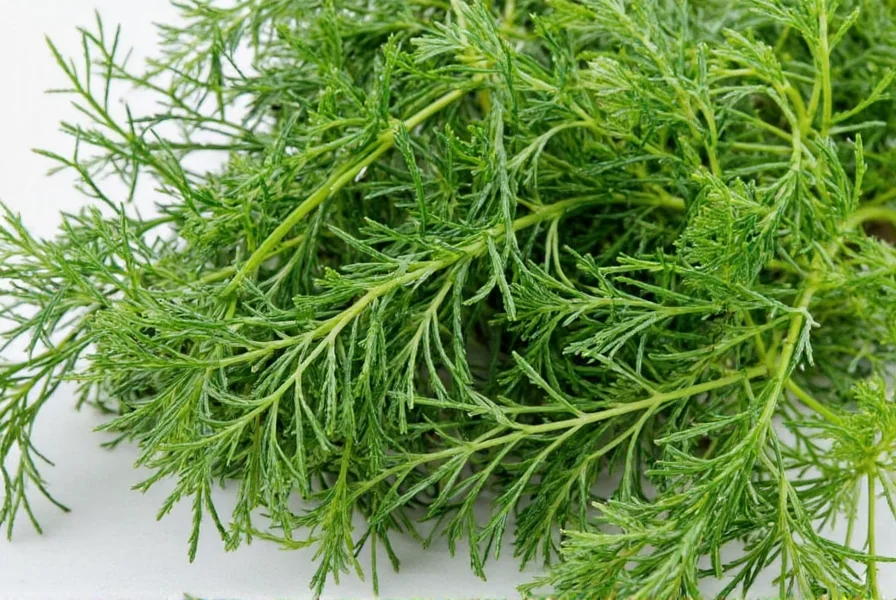
A helpful trick is to keep a small jar of dill replacement herbs in your kitchen so you're always prepared for unexpected situations. This can save you from ruining a meal due to a missing ingredient.
Frequently Asked Questions About Dill Replacement Herbs
What's the closest substitute for dill in terms of flavor profile?
Tarragon is generally considered the closest substitute for dill because of its similar anise-like flavor notes. Fresh tarragon offers the most comparable taste, especially in sauces, dressings, and fish dishes. When using tarragon as a substitute, start with a 1:1 ratio but be mindful that tarragon has a slightly stronger flavor than dill.
Can I use dried herbs instead of fresh when substituting for dill?
Yes, but with adjustments. The general rule is to use one-third the amount of dried herbs compared to fresh (since dried herbs are more concentrated). For dill replacements specifically, dried tarragon or dried parsley work better than dried cilantro or fennel seeds. Keep in mind that dried herbs won't provide the same bright, fresh quality as fresh dill or its substitutes.
What's the best dill substitute for pickling recipes?
Fennel seeds are the best substitute for dill in pickling recipes. They provide a similar aromatic quality and work well in brines. Use about 1 teaspoon of fennel seeds per quart of pickling liquid as a starting point. You can also add a combination of dill weed (if available), fresh tarragon, and a small amount of fresh parsley for a more complex flavor profile that closely mimics traditional dill pickles.
Can I combine different herbs to better mimic dill's flavor?
Absolutely. A common combination is equal parts fresh parsley and fresh tarragon, which together capture both the grassy freshness and subtle anise notes of dill. For fish dishes, adding a small amount of fresh dill weed (if available) to this mixture enhances the similarity. In salads, combining parsley, chives, and a touch of fennel fronds creates a complex flavor profile that works well as a dill alternative.
How much of a substitute herb should I use when replacing dill?
Start with 75% of the amount of dill called for in the recipe, then adjust to taste. For example, if a recipe calls for 1 tablespoon of fresh dill, begin with 2¼ teaspoons of your substitute herb. Tarragon is stronger than dill, so you might need even less, while parsley is milder and may require a slightly larger amount. Always add gradually and taste as you go, especially when cooking dishes where the herb flavor is prominent.
Are there any herbs I should avoid using as dill substitutes?
While many herbs can work as dill substitutes in certain contexts, avoid using strongly flavored herbs like rosemary, thyme, or oregano as direct replacements, as their flavors are too dominant and will completely change your dish. Also be cautious with dried cilantro, which loses most of its characteristic flavor when dried. Mint is generally not recommended as a dill substitute either, as its cooling menthol notes clash with dill's more subtle profile.
Do dill substitutes work the same in cold dishes versus hot dishes?
No, the behavior of dill substitutes varies between cold and hot preparations. In cold dishes like salads and dips, fresh substitutes like parsley, cilantro, and tarragon work well added at the end. In hot dishes, tarragon and fennel seeds hold up better to cooking than cilantro, which can become bitter when heated. For soups and stews, add parsley and tarragon during the last 5-10 minutes of cooking, while fennel seeds can be added earlier to release their flavor.
What's the best dill substitute for Scandinavian dishes like gravlax or salmon?
For Scandinavian dishes like gravlax or salmon, tarragon is the best substitute. Its delicate anise flavor complements fish beautifully. Use fresh tarragon in a 1:1 ratio with dill, but reduce slightly if the recipe calls for a large amount. For gravlax, you can also add a touch of fresh lemon zest to enhance the citrus notes that dill typically provides.
Can I use dill weed as a substitute for fresh dill?
Yes, dill weed is simply dried dill, so it's not a substitute but rather a different form of the same herb. When substituting dried dill weed for fresh dill, use one-third the amount (since dried herbs are more concentrated). For example, if a recipe calls for 1 tablespoon of fresh dill, use 1 teaspoon of dried dill weed. Note that dried dill weed has a more muted flavor than fresh, so it's best used in cooked dishes rather than fresh applications like salads.
Buying Guide for Dill Replacement Herbs
If you're looking to purchase dill replacement herbs, here are some key considerations to keep in mind:
1. Fennel Seeds
Fennel seeds are widely available in most grocery stores and specialty spice shops. Look for seeds that are uniform in size and have a strong aroma. They are perfect for those who enjoy pickled foods and hearty soups.
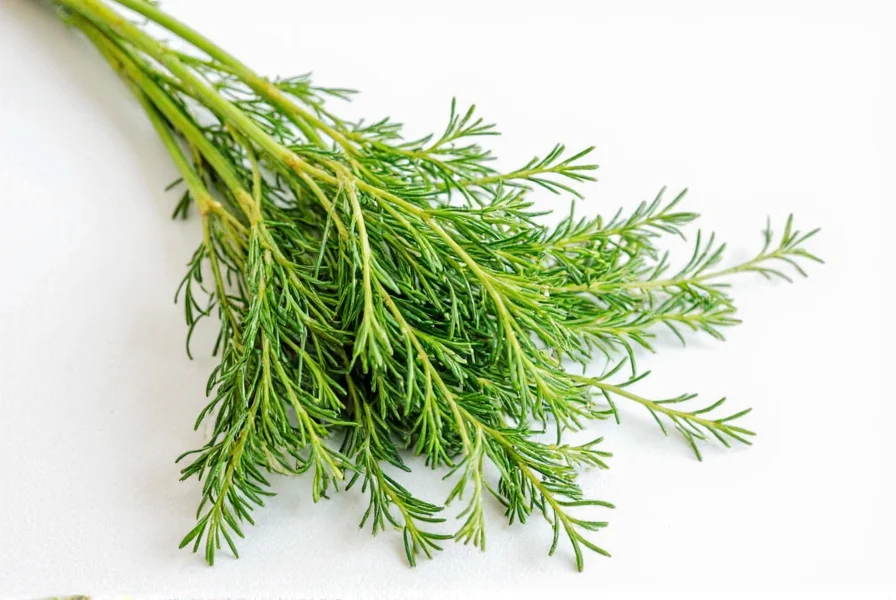
- Features: Whole or ground, aromatic, versatile
- Advantages: Adds depth to pickling, enhances soups
- Use Cases: Pickles, stews, sauerkraut
- Target Audience: Home cooks, pickling enthusiasts
- Suitable Occasions: Winter meals, holiday recipes
2. Cilantro
Cilantro is typically sold in bunches at farmers' markets or in the produce section of supermarkets. Choose fresh, bright green leaves without any signs of wilting or discoloration.

- Features: Fresh, leafy, aromatic
- Advantages: Adds freshness and brightness to dishes
- Use Cases: Salsas, tacos, salads
- Target Audience: Mexican cuisine lovers, casual cooks
- Suitable Occasions: Weekday dinners, outdoor gatherings
3. Parsley
Parsley is one of the most common herbs found in kitchens around the world. It comes in flat-leaf and curly varieties, both of which are suitable for substitution purposes.
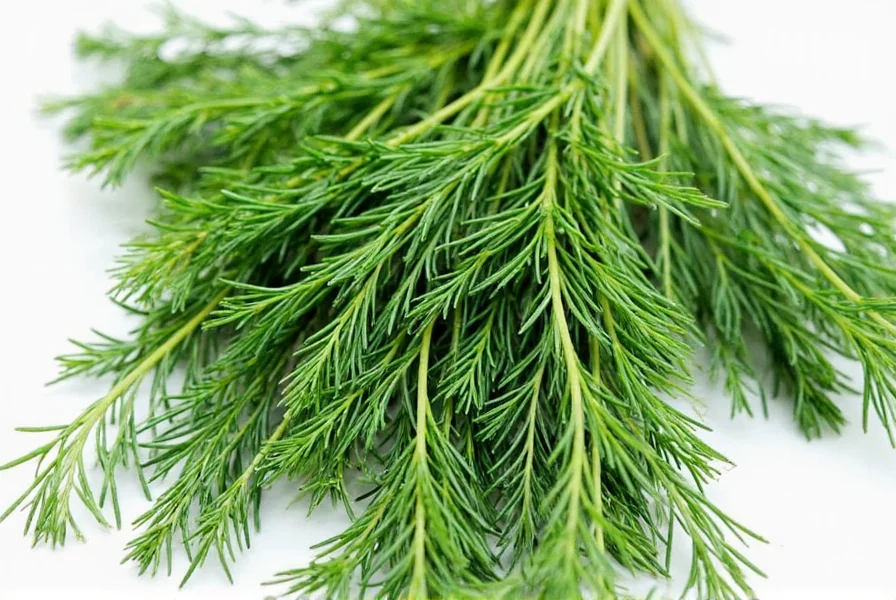
- Features: Green, leafy, mild
- Advantages: Easy to find, adds freshness
- Use Cases: Sauces, dressings, garnishes
- Target Audience: Everyday cooks, beginners
- Suitable Occasions: Everyday meals, simple dishes
4. Caraway Seeds
Caraway seeds are usually found in the spice aisle of grocery stores. They have a distinct, warm flavor and are often used in traditional breads and cheeses.
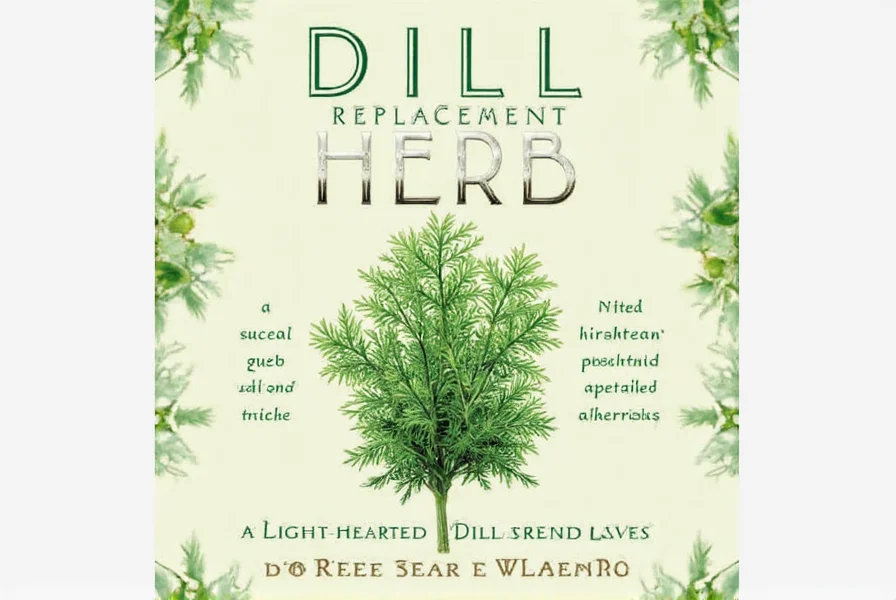
- Features: Small, brown, aromatic
- Advantages: Adds depth and warmth to dishes
- Use Cases: Breads, cheeses, roasted vegetables
- Target Audience: Bread bakers, cheese lovers
- Suitable Occasions: Comfort food, holiday baking
5. Tarragon
Tarragon is less commonly found than other herbs, but it's worth seeking out for its unique flavor. Fresh tarragon is preferable, though dried versions are also available.
- Features: Fresh, delicate, anise-like
- Advantages: Enhances sauces and egg dishes
- Use Cases: Vinaigrettes, egg dishes, sauces
- Target Audience: French cuisine fans, sauce lovers
- Suitable Occasions: Elegant dinners, special occasions
Conclusion
When it comes to dill replacement herbs, there are plenty of options to choose from depending on your recipe and personal taste. Whether you're using fennel seeds for a tangy twist, tarragon for a subtle anise flavor, or parsley for a mild alternative, each herb brings something unique to the table.
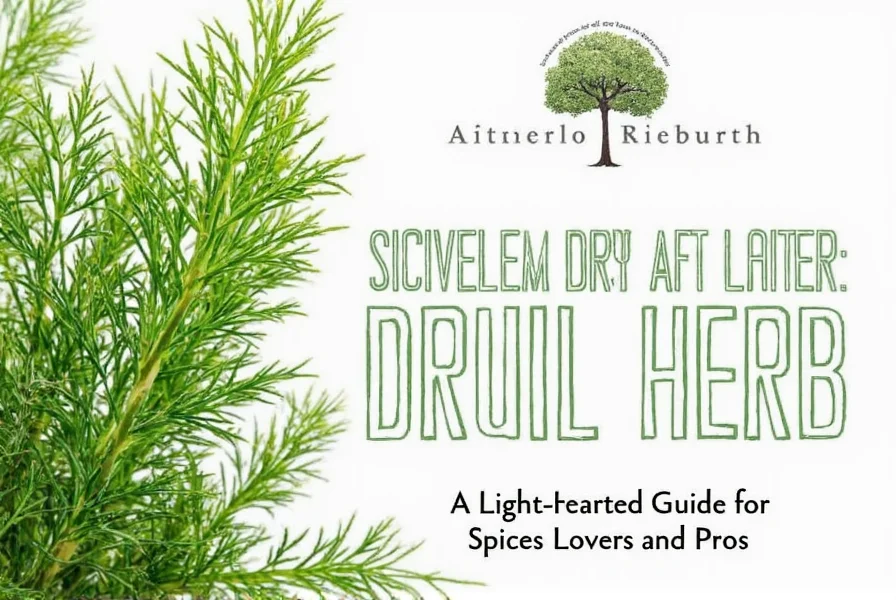
Remember, the key to successful substitutions lies in understanding the flavor profiles of each herb and how they interact with your dish. Don't be afraid to experiment and find your favorite dill replacement herb.
As we've seen, even when dill is out of reach, there's no shortage of delicious alternatives waiting to be discovered. So next time you're in a pinch, just remember: dill may be the star, but its replacements can shine just as brightly with the right approach.










 浙公网安备
33010002000092号
浙公网安备
33010002000092号 浙B2-20120091-4
浙B2-20120091-4